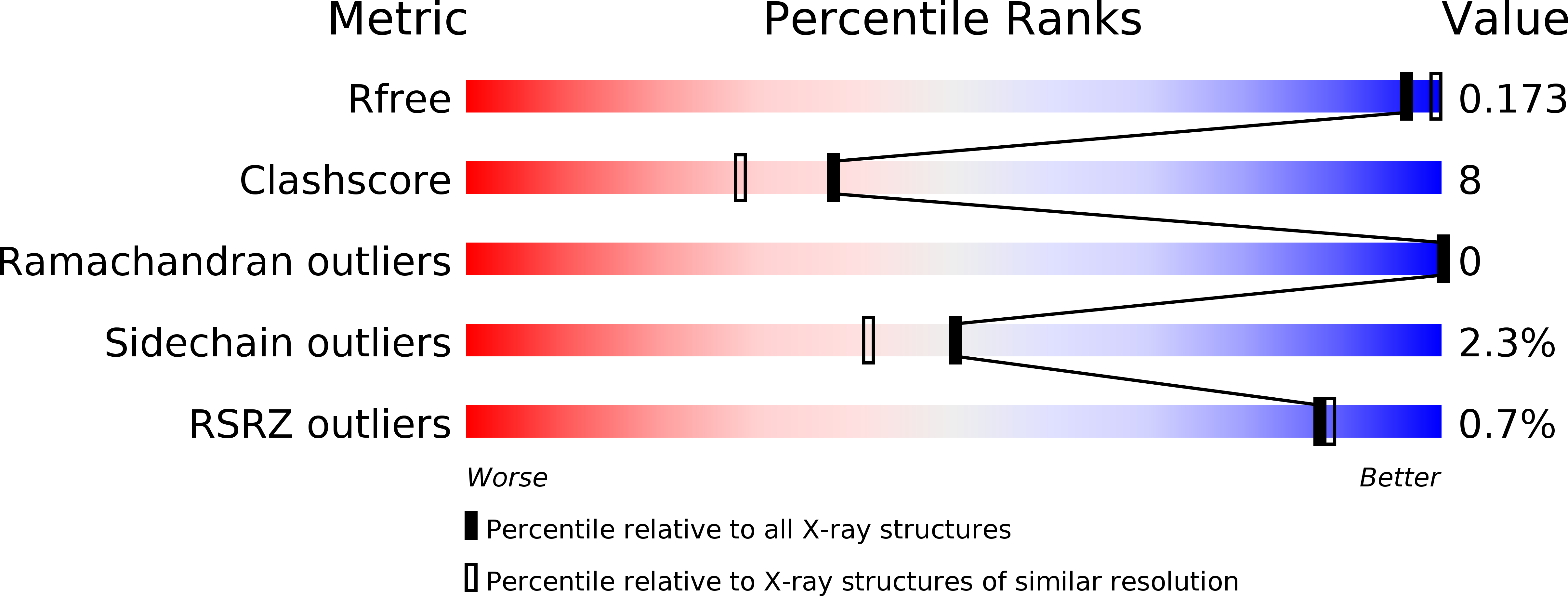
Deposition Date
2015-05-28
Release Date
2015-06-10
Last Version Date
2024-01-10
Entry Detail
PDB ID:
5BPX
Keywords:
Title:
Structure of the 2,4'-dihydroxyacetophenone dioxygenase from Alcaligenes sp. 4HAP.
Biological Source:
Source Organism:
Alcaligenes sp. (Taxon ID: 512)
Host Organism:
Method Details:
Experimental Method:
Resolution:
1.88 Å
R-Value Free:
0.17
R-Value Work:
0.14
R-Value Observed:
0.14
Space Group:
P 65 2 2


